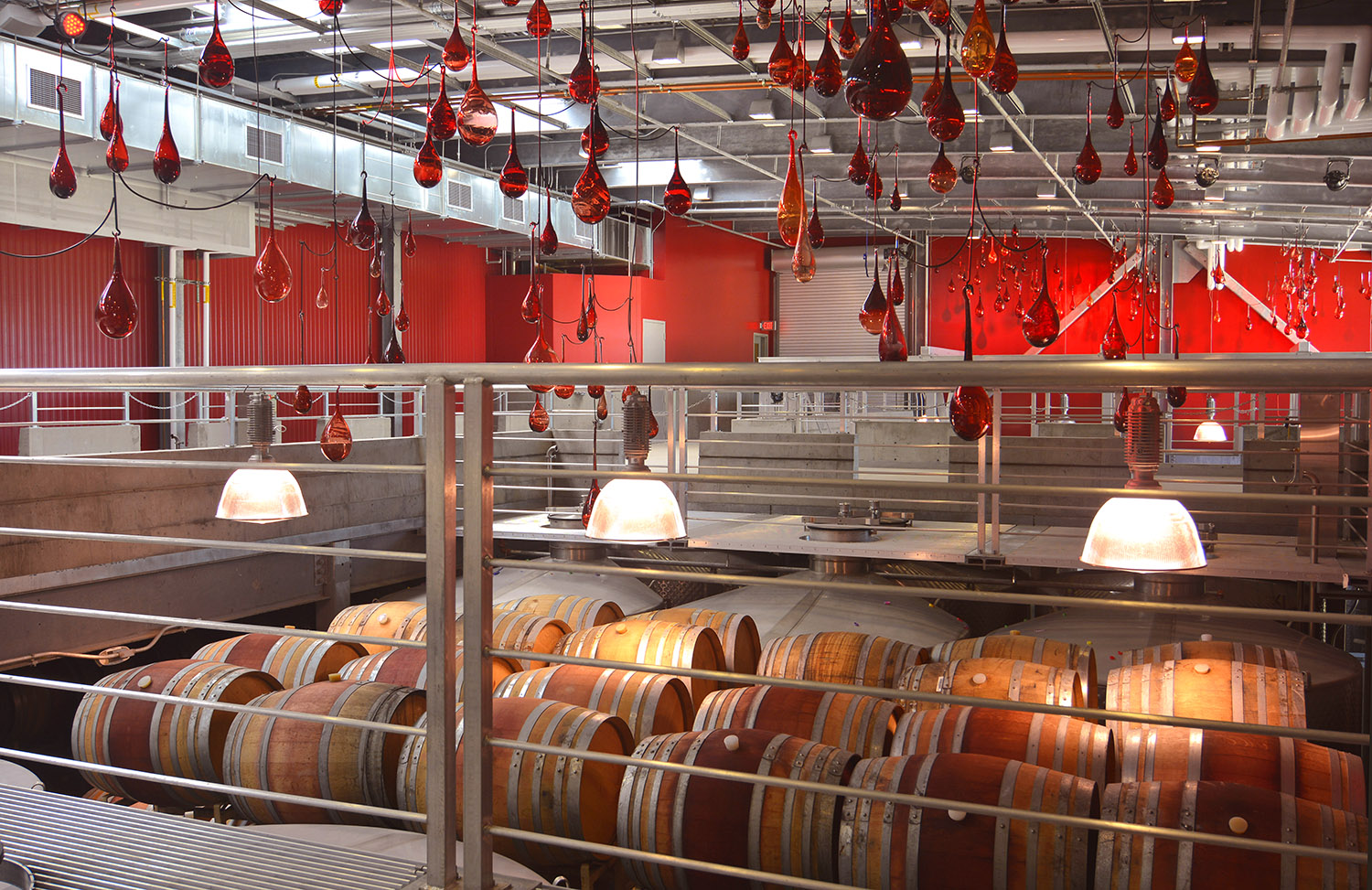The Northern California Chapter of the National Electrical Contractors Association serves the Electrical Contracting Industry in Alameda, Calaveras, Mariposa, Merced, Napa, San Joaquin, Solano, Stanislaus and Tuolumne Counties. Here you will find the latest information related to the electrical industry.

2023 Project Excellence Winner

Collins Electrical Company, Inc.
Big Bird Amazon Distribution Center
Tracy, CA
Learn More

2023 Project Excellence Winner

Prime Electric, Inc.
Kilroy Oyster Point Phase 1D
South San Francisco, CA
Learn More

2023 Project Excellence Winner

Ray’s Electric
Highway Safety Improvement High Street
Oakland, CA
Learn More

2023 Project Excellence Winner

Contra Costa Electric, Inc.
Exelixis Inc., at 1951 Harbor Bay Parkway
Alameda, CA
Learn More
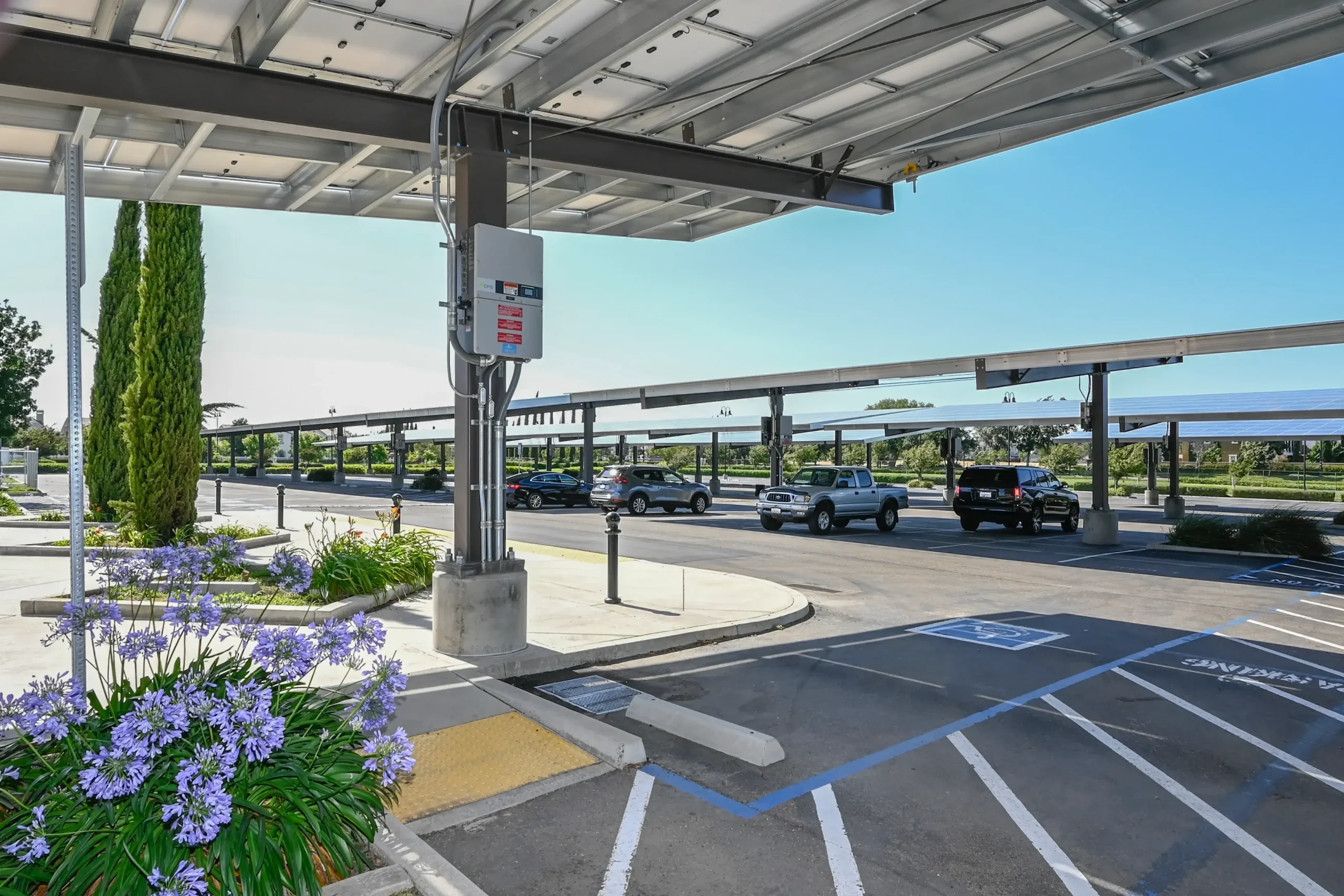
2023 Project Excellence Winner

Collins Electrical Company, Inc.
Mountain House High School Photovoltaic Additions
Mountain House, CA
Learn More

2023 Project Excellence Winner

Morrow-Meadows Corporation
Oakland Draft House
Oakland, CA
Learn More

2023 Project Excellence Winner

Niles Electric Co., Inc.
Sheet Metal Workers Local 104 Training Facility
Livermore, CA
Learn More

2023 Project Excellence Winner

Collins Electrical Company, Inc.
Mountain House High School Photovoltaic Additions
Mountain House, CA
Learn More

2023 Project Excellence Winner

Columbia Electric, Inc.
Hesperian Blvd. Corridor Improvement Project
San Lorenzo, CA
Learn More

2023 Project Excellence Winner
![]()
Del Monte Electric Co., Inc.
Livermore High School Gym
Livermore, CA
Learn More
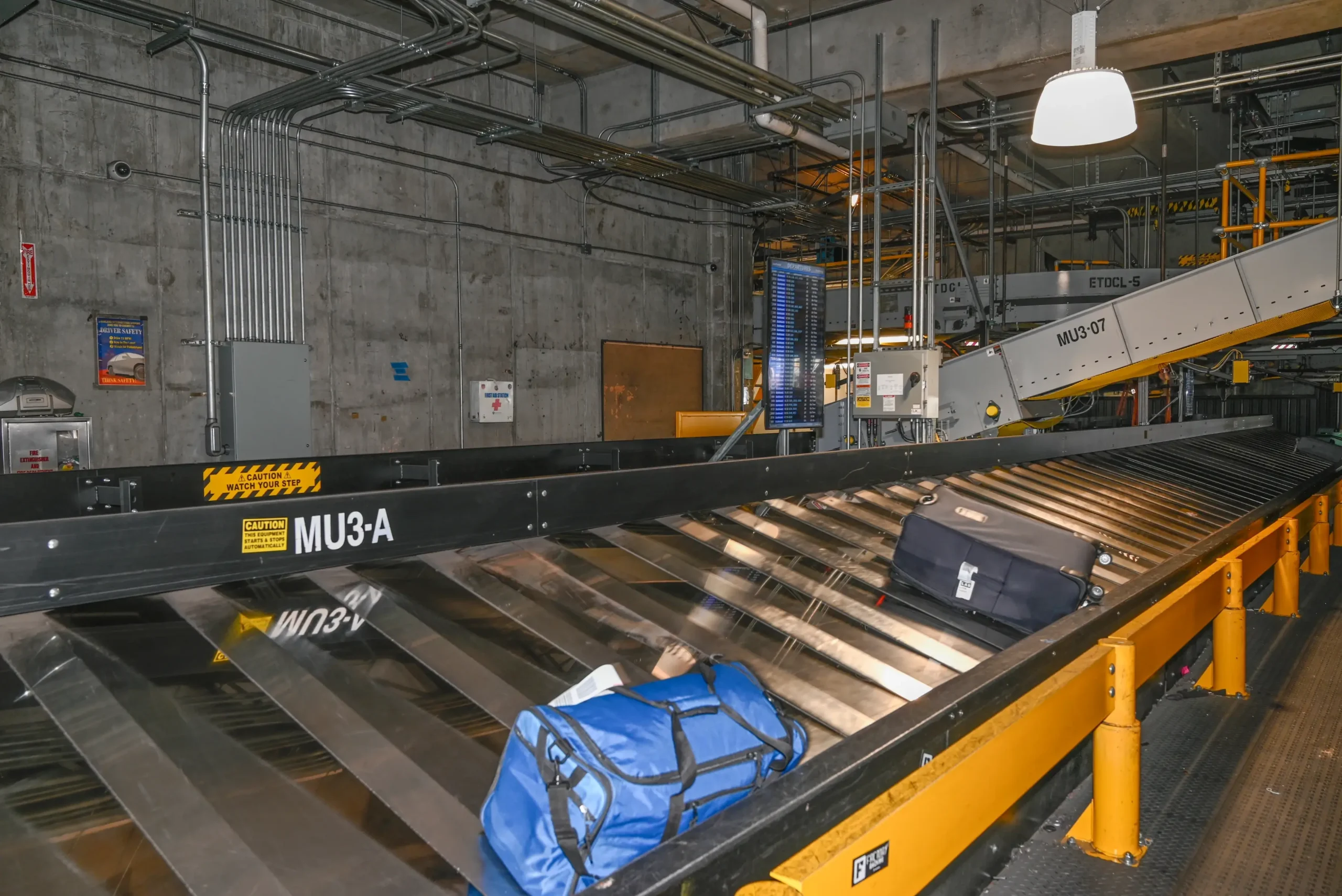
2023 Project Excellence Winner

Beci Electric, Inc.
T Point Baggage Expansion
Oakland, CA
Learn More

2023 Project Excellence Winner

Bockmon & Woody Electric Co., Inc.
Eco-Energy Intermodal Ethanol Transfer Facility
Stockton, CA
Learn More

2023 Project Excellence Winner

Morrow-Meadows Corporation
Aircraft Rescue & Fire Fighting Station
San Jose, CA
Learn More

2023 Project Excellence Winner
![]()
Del MOnte Electric Co., Inc.
Sutter Santa Rosa Regional Hospital Expansion
Santa Rosa, CA
Learn More

2023 Project Excellence Winner
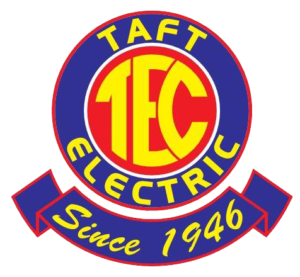
Taft Electric Company
Boehringer Ingelheim Bldg. 4 Additional Lab Renovations
Fremont, CA
Learn More
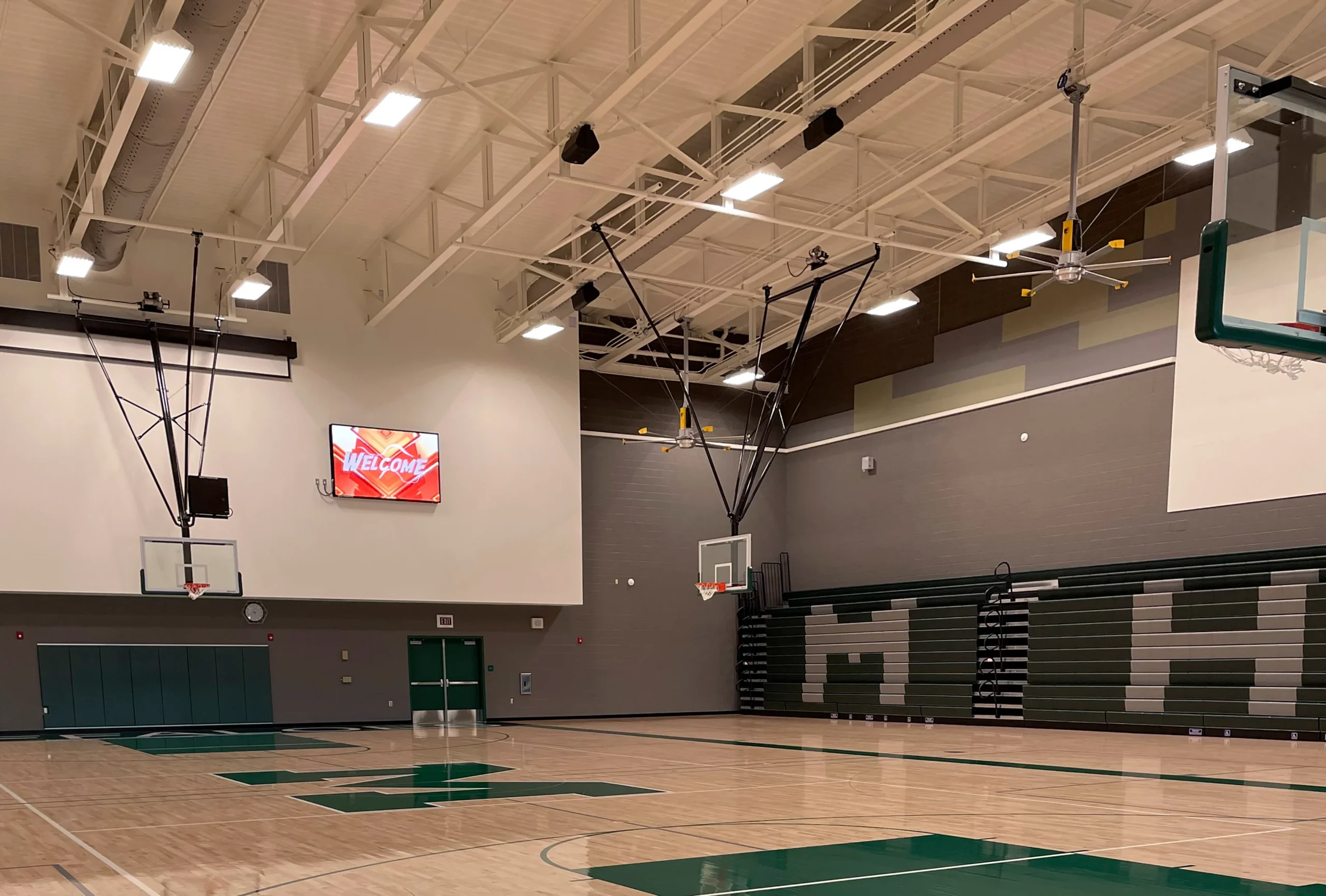
2023 Project Excellence Winner

Collins Electrical Company, Inc.
Manteca High School Modernization
Manteca, CA
Learn More
2024 PAGA Reform
Only July 1, 2024, Governor Newsom signed into law AB 2288 and SB 92, both of which significantly reform the California Private Attorneys General Act of 2004 (PAGA) by allowing for early evaluation and resolution procedures, revising and reducing the penalty structure, and imposing standing and manageability requirements in PAGA litigation. These changes apply to PAGA actions arising from notice made to the Labor and Workforce Development Agency (LWDA) on or after June 19, 2024.
PAGA was enacted in 2004 to allow individual employees to “stand in the shoes of” the state attorney general to recover civil penalties of $100 per violation for initial violations and $200 for subsequent violations, plus costs of suit and attorney’s fees (typically 33-40% of any total settlement amount), on behalf of themselves and other “aggrieved” employees for many Labor Code violations. Historically, 75% of the recovered penalties are paid to the LWDA and 25% are paid to the aggrieved employees. Since its enactment, critics have argued that the steep PAGA penalties for even the most innocent violations and low bar for standing to bring said actions are unfair and have encouraged Plaintiffs’ attorneys to create a cottage industry that benefits only the attorneys and harms California businesses. As a result, PAGA reform has long been discussed and was most recently proposed as a ballot measure for this November’s election. Instead, Governor Newsom reached a much-needed agreement with business groups and legislative leadership to avoid a contentious and potentially confusing ballot measure. Read more from Sweeney Mason LLP here.
California Approves Indoor Heat Standard
What you need to know: California’s indoor heat protections go into effect immediately and apply to most indoor workplaces. Employers are required to adopt safety measures that go into effect in most cases when indoor temperatures reach 82 degrees to prevent the risk of heat illness to workers.
California’s indoor heat worker protections were approved last week by the Office of Administrative Law (OAL). This new regulation goes into effect immediately to protect indoor workers from heat illness. Cal/OSHA’s Heat Illness Prevention in Indoor Places of Employment Regulation applies to most indoor workplaces, such as restaurants, warehouses and manufacturing facilities. For indoor workplaces where the temperatures reaches 82 degrees, employers must take steps to protect workers from heat illness. Some of the requirements include providing water, rest, cool-down areas and training.
Additional requirements, where feasible, apply where the temperature reaches 87 degrees such as cooling down the work area, implementing work-rest schedules, and providing personal heat-protective equipment. Where workers wear clothing that restricts heat removal or work in high radiant heat areas, the additional requirements apply at 82 degrees. Employers may be covered under both the indoor and outdoor regulations if they have both indoor and outdoor workers. For more information, see the Comparison Chart of Indoor and Outdoor Heat Illness Prevention Standards.
2024 Profile of the Electrical Contractor
Every two years, ELECTRICAL CONTRACTOR magazine conducts a comprehensive survey of the industry. They ask electrical professionals around the country about purchasing habits, firm size, what types of work account for the most revenue, and their attitudes about the economy. This year’s study found electrical contracting firms are getting larger and growing their revenue. While firms with nine or fewer employees still make up the majority of respondents, that lead is narrow at only 51%, continuing a trend noted in 2022.
Compared to two years ago, the proportion of firms with 1 – 4 employees showed a statistically significant decline, while the percentage of firms with 10 or more employees grew. Nearly twice as many firms added employees (28%) as dropped them (15%). Two years ago, these figures were essentially equal. Click here to read more about the Profile of the Electrical Contractor.





